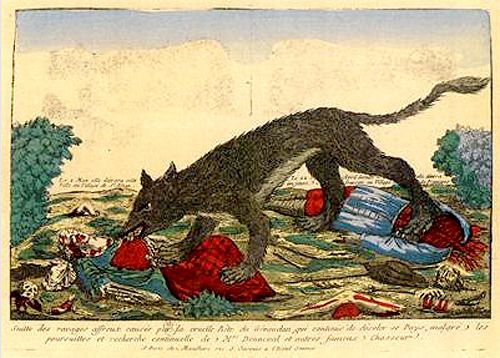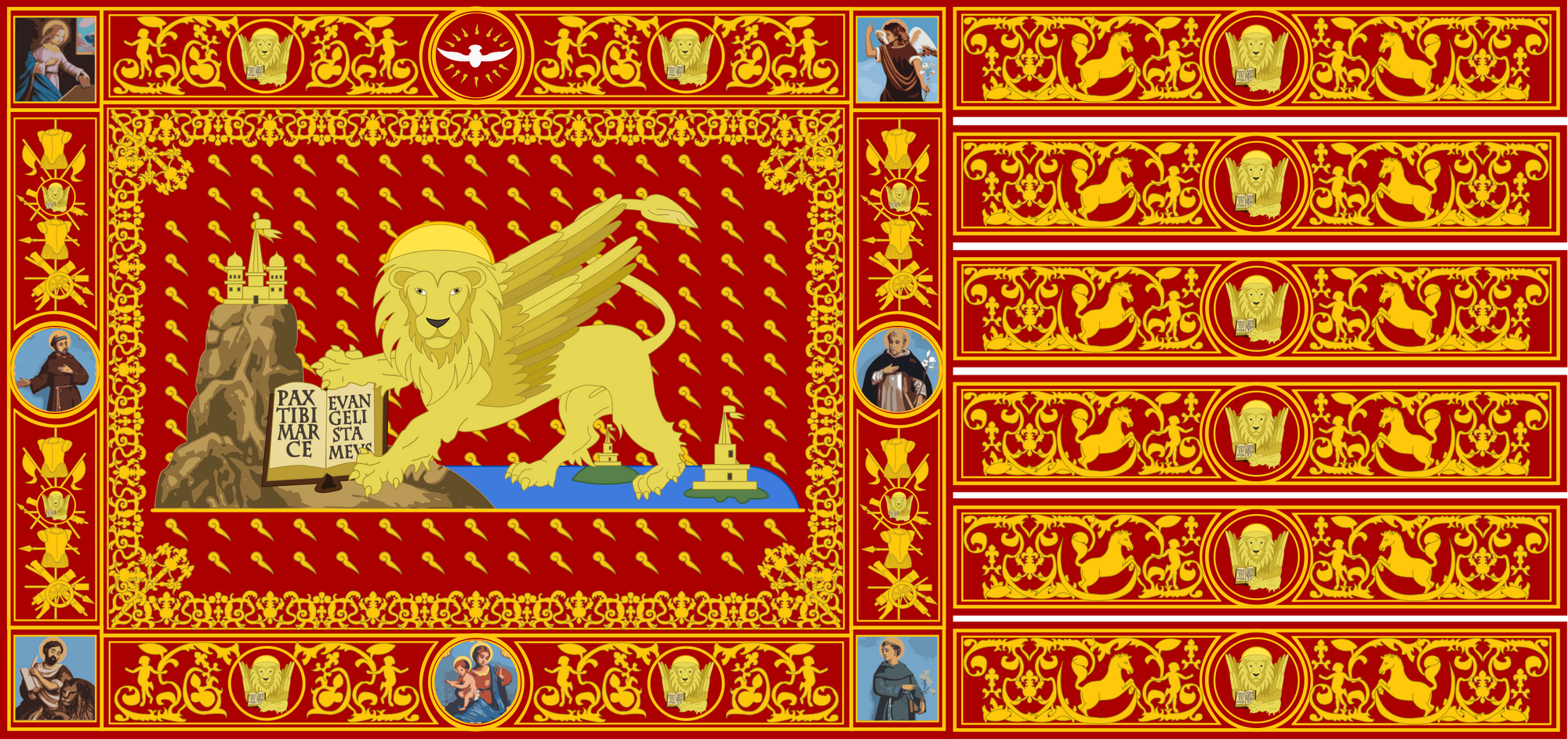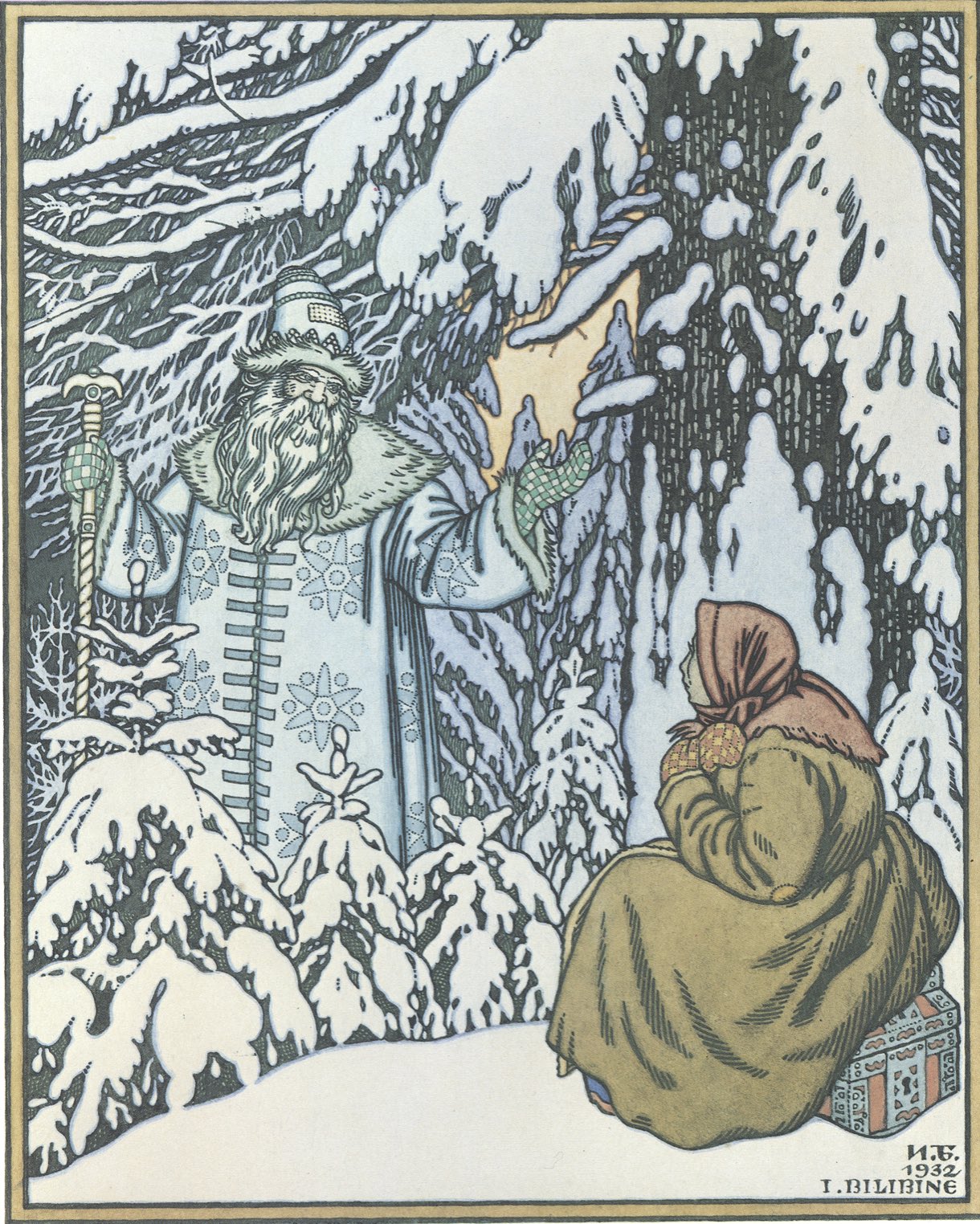What I've done in 2020:
Borgia Blog was how I started writing this year. It was also the year that I realized how much Neal Jordan, the show's creator, was willing to throw away perfectly good political intrigue and murder for boilerplate equivalents. So I dusted off the history books and got to work--both writing and kvetching mightily. Expect more in 2021, as watching and annotating these episodes is a form of relaxation for me.

My first production with Sewer Rats Productions! In it, I covered the historical context, the legend and the person of Nestor Ivanovich Makhno and the Ukrainian Free State in 7 parts. The link above will lead you to all the blogs (and videos) I've done on the subject so far, included talk-backs with audience members. Below you will find a youtube playlist that has helpfully arranged the Makhno video in chronological order.
I didn't get to go as much into the philosophy of anarcho communism as I would like to have--that is something that I intend to delve much deeper into as my reading on the subject has increased.
Miscellaneous History: It is probably just easier to browse around the site itself and click on something that interests you--from Temilotzin of Tlatelolco to a history of the Russian Civil War in Seven Songs. Go on, indulge your curiosity.
CRABULA (THE CRUSTACEAN COUNT)
The Philadelphia Dramatists Center picked up an adaptation of my alternate history story, where Bram Stoker writes a very different version of Dracula featuring crabs. Watch it below!
And for a more in-depth look at how a ten minute play came into being, you can always go here to examine my sources, inspirations, and stumbling blocks.
Alternate History Essays
SEA LION PRESS was good enough to publish three articles involving me. I really recommend checking out--they are friendly fellows, knowledgeable and always willing to point one in the direction of a promising source.
My first work for them, regarding what would have happened if Cesare Borgia had been outfoxed by Caterina Sforza at the Siege of Forli, can be found here.
My second work for them, regarding a possible first generation Mongol-empire civil war, can be found here.
And lastly, they were good enough to interview me.
Projects in the works for 2021:
Reynard the Fox from 11th Century to Present. This is a paper I'll be working for ICFA in the Folklore division. ICFA was my first convention--and this coming year it will be my first digital convention--but either way, the friends and discussions I've made at this wonderful convention echo in my heart (and sometimes slip into my more creative writing). My proposal for the paper reads as follows.
"From Prometheus to Bugs Bunny, tricksters have always intrigued people and served a variety of roles in human cultures.
Of particular note is the career of Reynard the Fox from his formal introduction in Nivardus of Gent’s 1148 work YSENGRIMUS to the present day. Reynard and his colorful adventures have been the subjects of plays, movies, cartoons and countless other media (in a French animated series, the trickster somehow manages to go into space, complete with fishbowl helmet).
The fox has been written, re-interpreted and analyzed by such luminaries as Chaucer, Goethe, Caxton and Avery.
As the authors and times change, so does the character of Reynard—indeed, since emerging from Gent, the fox has changed from a rapacious opportunist to something closer to a Byronic anti-hero with a silver tongue and a heart of gold.
Through this paper we will be examining this shift in the trickster without altering his most distinguishing features. We will also examine how modern audiences interact with him in similar and different ways than when he first appeared in Gent in 1148. In short, we will be examining the evolution and development of that most malleable of literary figures—the trickster."

Moi Renart Watch and Review
In aid of this greater project, I will be plunging into all sorts of treatments of Reynard the Fox. Perhaps the most comical of them is the 1980s French animated adaptation of the text, MOI RENART. It is ostensibly for children. It is also the most 80's thing I've ever seen (one episode in). I'm forced to rely on Youtube's auto-subtitle and translation software (a sure recipe for additional comedy) while watching the series, but among other things, it features sending Renart the Fox going to space, having a cute marmoset sidekick, and busting a frog-smuggling (!?) ring. Timeless themes, really. I'll be covering this both here and on Twitter with an archivist chum of mind who hates herself just enough to watch this with me. Here's the opening track of the series.
Power, the Craft Sequence and Insurrectionary Anarchism
A paper I've wanted to write for some time but finally have an excuse to. One of the authors that inspired me to write (and was generous with his time when we met at a convention) is Max Gladstone. His writing is wonderfully subtle, funny, acerbic and frames real-world problems in a fantasy lens that provokes a deeper analysis. His Craft Sequence is a great example of this.
The State and Power in Max Gladstone’s Craft Sequence: An Anarchist Reading (Abstract)
The Craft Sequence-universe is mired in the fantasy equivalent of post-capitalist decay, brought on in the aftermath of the God Wars. The deathless kings and queens run corporations that span the continents, replacing the gods they hurled down from their earthly thrones. Wage-slavery and literal zombie-economics are common in the debt-based economy of the Craft Sequence. The world is not better for the Craftsmen (and their magical capitalism)’s emergence. Their grip on the world, if anything, is harsher than their predecessors.

Fantasy allows for the unique ability to make the power of the state a tangible, quantifiable force through magical systems, and thus, more open to critique. It is clear through a close reading of the Craft Sequence, that the power (whether it be financial, political, Applied Theology or Craftwork) needed to run a state is corrupting and self-defeating.
By drawing on a wide-range of theorists (from anthropologists like Scott and Graeber), philosophers (such as Kroptokin and Baudrillard) and insurrectionary anarchists (such as Bonnano, Parsons and Makhno) we can understand Gladstone’s critique of power in The Craft Sequence on a deeper level in our own world. To whit, it is not just that the gods or Craft itself must be overthrown, the state or late-stage capitalism dashed on the ground: it is simpler to say that power itself must be abolished.
Want to understand a world where political clout and legitimacy could come from hunting the equivalent of a murderous Bigfoot in rural France? Look no further than Le Ancient Regime France in the chaos following the Seven Years War.

My Beast of Gevaudan Series began in 2020, but was swiftly sidelined by both other things and my ADD. I'll be revisiting it as the year continues.
Undisclosed anarchist project (Redacted redacted redacted so you can redacted redacted redacted while you redact).
Osugi Sakae and Ito Noe Project
Because the history of anarchism in Asia in the 20th Century--from Mongolia to Japan to the Philippines--has been sorely neglected, and I may as well make a start!
History of State Power and the Rise of Capitalism--using Venetian history as a model.

What it says on the tin. Venice functioned as a nominal democracy for about a thousand years--but unlike many other Italian city states (Rome, or the hated Genoa) the Venetians were oligarchs rather than authoritarians and the first consistent marriage of capital, government and trade can be found in the watery canals of Le Serenissima. A fascinating thing about the Venetian system was that it was terrified of an absolute, single authority--and ruled by committee, largely--they did this so effectively that the Americans, looking for advice to avoid consolidation of power in their own fledgling government, apparently wrote the Venetians asking for advice. By critically examining Venetian history, shortcomings and innovations, we (hopefully) can gain insight in how to structure our world in a more just, human and decentralized way.

Alternate history papers including the many and varied adventures of:
-Maria Nikiforova
-Shajar Al-Durr
-Al-Adil Qitbugha
and many others are in the works!
BOOK PROJECT
And lastly, I am working on a collection of 35 historical essays featuring the characters from our past that we've come to know and love--from Al-Nuwayri to Wallenstein--that mixes the fabulist tendency and the acerbic wit in the style of Wells, Ada Palmer and Will Cuppy. That's been in the works for a while, but I'm fortunate enough to be more than two thirds done the first draft.
See you next year! Play us out, Nestor Ivanovich.
